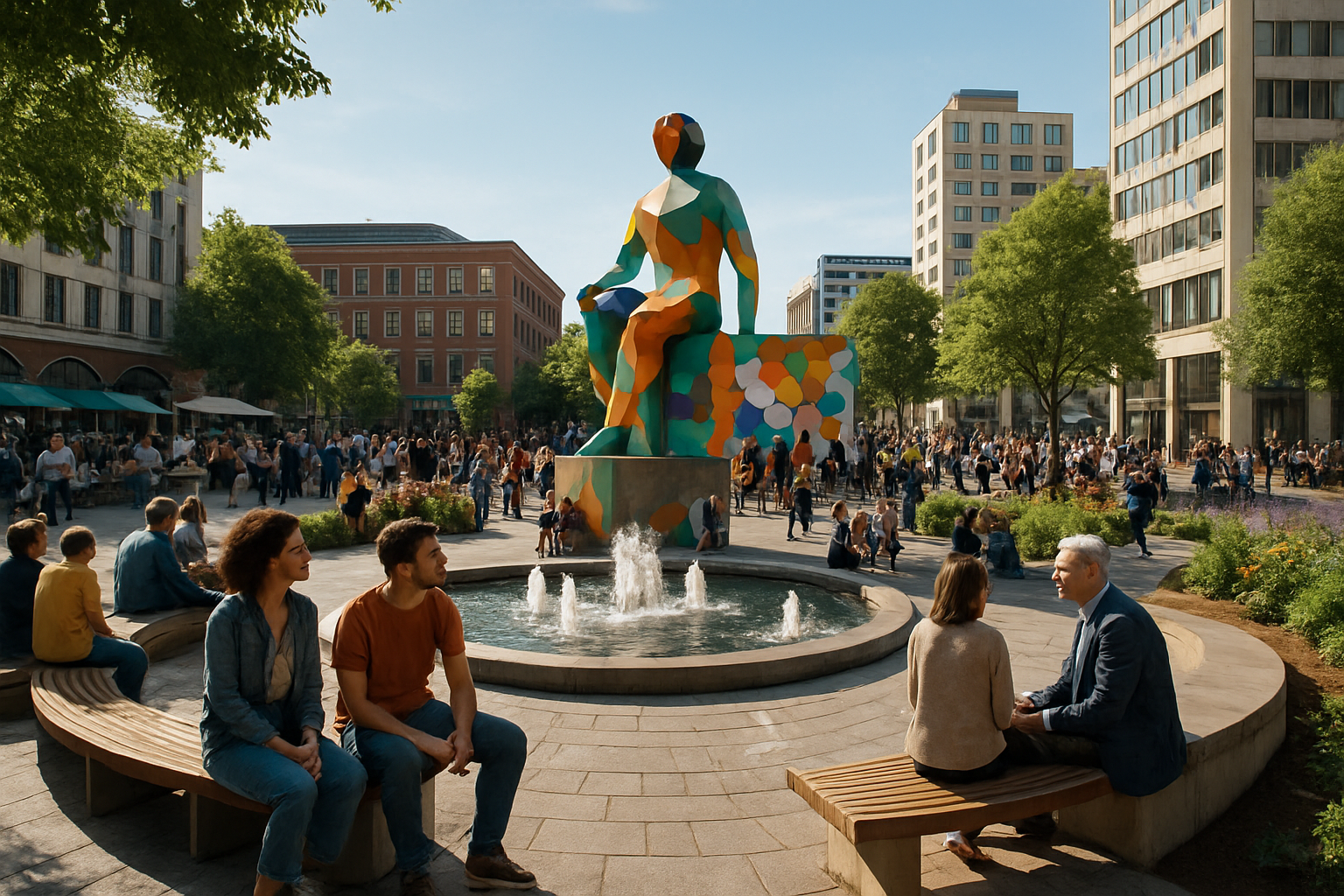The Reimagination of Public Spaces: A Sociological Perspective
In the heart of our bustling cities lie public spaces - parks, squares, and streets that have been silent witnesses to the ebb and flow of human interaction for centuries. Today, these spaces are undergoing a sociocultural transformation, becoming vibrant hubs of creativity, community, and connection. Read below to explore this fascinating evolution.

The Historical Fabric of Public Spaces
Public spaces have served as social, political, and economic arenas since ancient times. Greek agoras, Roman forums, and medieval marketplaces were all precursors to our modern parks, squares, and streets. They were places where society came together, commerce thrived, and ideas were exchanged. However, the industrial revolution and urbanization led to the depersonalization of these spaces, reducing them to mere transit points.
The Resurgence of Public Spaces
In the 21st century, we are witnessing a renaissance of public spaces. As cities become increasingly populated, these spaces are being reimagined as vital arteries of urban life. They are no longer just places to pass through but have become destinations in their own right, often hosting art installations, farmer’s markets, and community events. This resurgence reflects society’s growing need for connection, community, and shared experiences in an increasingly digital world.
The Sociocultural Impact
This transformation of public spaces is profoundly influencing modern society. They are emerging as platforms for social justice movements, allowing communities to voice their concerns and initiate change. They’re also fostering a sense of belonging and collective identity, building stronger communities. Furthermore, the blend of art, culture, and nature in these spaces is enhancing the cultural vitality and aesthetic appeal of cities.
Empirical Evidence
Research supports these observations. Studies reveal that vibrant public spaces boost community engagement, reduce crime rates, and improve mental health. They also enhance local economies by attracting tourism and encouraging local businesses.
The Future of Public Spaces
The future of public spaces is promising. As their sociocultural importance gains recognition, urban planners, architects, and local governments are prioritizing their design and management. A trend towards more inclusive, sustainable, and interactive public spaces is emerging, which promises to further enhance their societal value.
In conclusion, the reimagination of public spaces is a powerful symbol of societal evolution. By transforming these spaces into vibrant social hubs, we’re not just reshaping our cities but also redefining our collective experiences. This trend is a testament to humanity’s undying need for connection, community, and shared experiences, offering a glimpse into the dynamic future of urban life.





